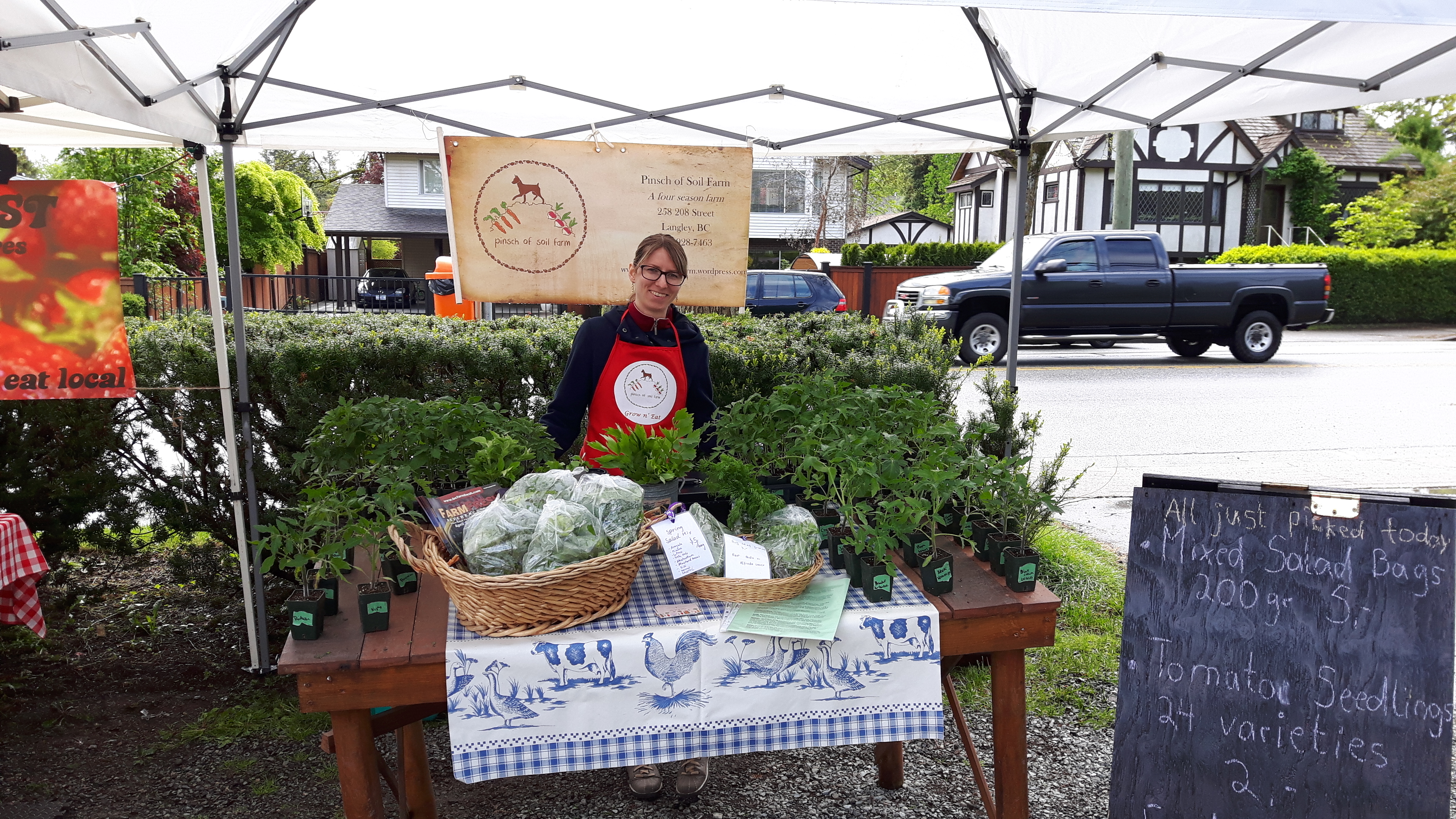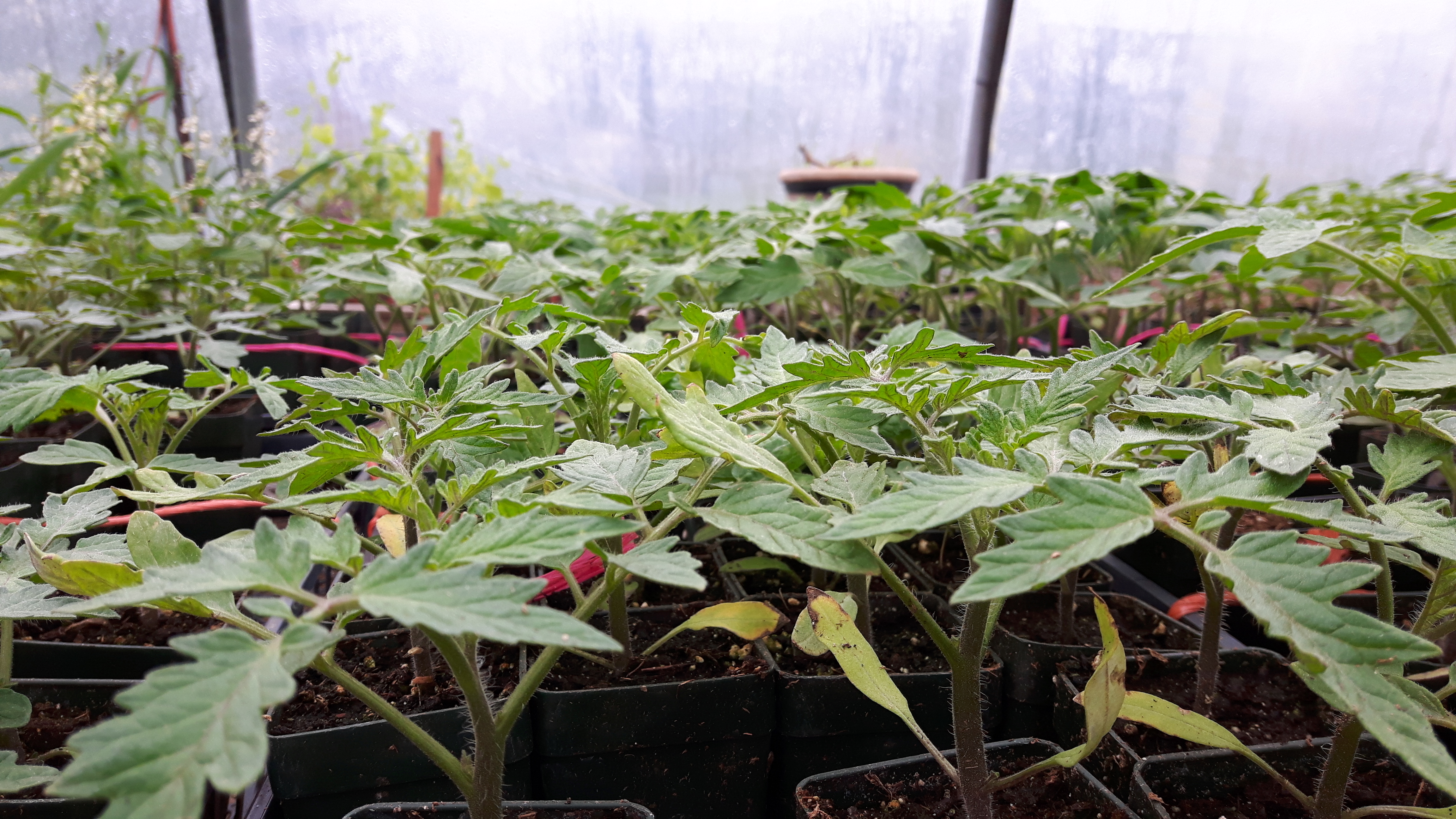Hello again,
We had a neighbour coming by for a farm visit today and one of the things we discussed was soil. Actually, our conversation started out with manure. Both of us have horses and chickens that naturally produce plenty of it. We have 12 horses and together they produce around 16-18 yards of manure every month. That is a lot!
Want to use manure? – Manage it!
At this point, we mix up the “new” pile every day as we add to it daily. With three storage bins, we always have one pile going, the “new pile” as we call it. A second one that has been sitting for one month, and a third one that has been sitting for 2 month. That goes on until we can’t add to the new pile anymore.
Cover your manure!
 We then take out the longest sitting pile and place it on our field. There we cover it with a big tarp (we get it at Canadian Tire, but we also get used black tarps from Rona, which they used for protecting the lumber in their yard). The two other piles in the storage bins get shuffled around in order to allow more oxygen to mix in, which is necessary for the composting process. The piles in the field sit there for about another 2-3 month before we work it in the ground. If it wasn’t for the tarps, the rain would wash out a lot of the nutrients. Besides, too many nitrates would pollute the groundwater and surface creeks.
We then take out the longest sitting pile and place it on our field. There we cover it with a big tarp (we get it at Canadian Tire, but we also get used black tarps from Rona, which they used for protecting the lumber in their yard). The two other piles in the storage bins get shuffled around in order to allow more oxygen to mix in, which is necessary for the composting process. The piles in the field sit there for about another 2-3 month before we work it in the ground. If it wasn’t for the tarps, the rain would wash out a lot of the nutrients. Besides, too many nitrates would pollute the groundwater and surface creeks.
In your garden
Using fresh manure
We still use a good amount of the fresh manure for our hotbeds, which are 20 inches deep. We use a 1′ layer as a base and cover it with about 4″ of garden soil. The composting manure heats up the soil above which stimulates the growth of our lettuce and arugula seeds.
Know your plants
Most of our “heavy feeders”, such as cabbages and squashes, love the added composted manure to their soil. However, beans, peas, carrots and beets don’t like it. Beans and peas naturally prefer less rich soil which they enhance with their own nitrogen fixing capabilities. Root vegetables such as carrots and beets don’t seem to size and shape up with manure in the ground. Old wisdom prevails. My dad picked it up from his grandparents: When you add manure to the field, plant cabbage the first year, carrots the second year.



